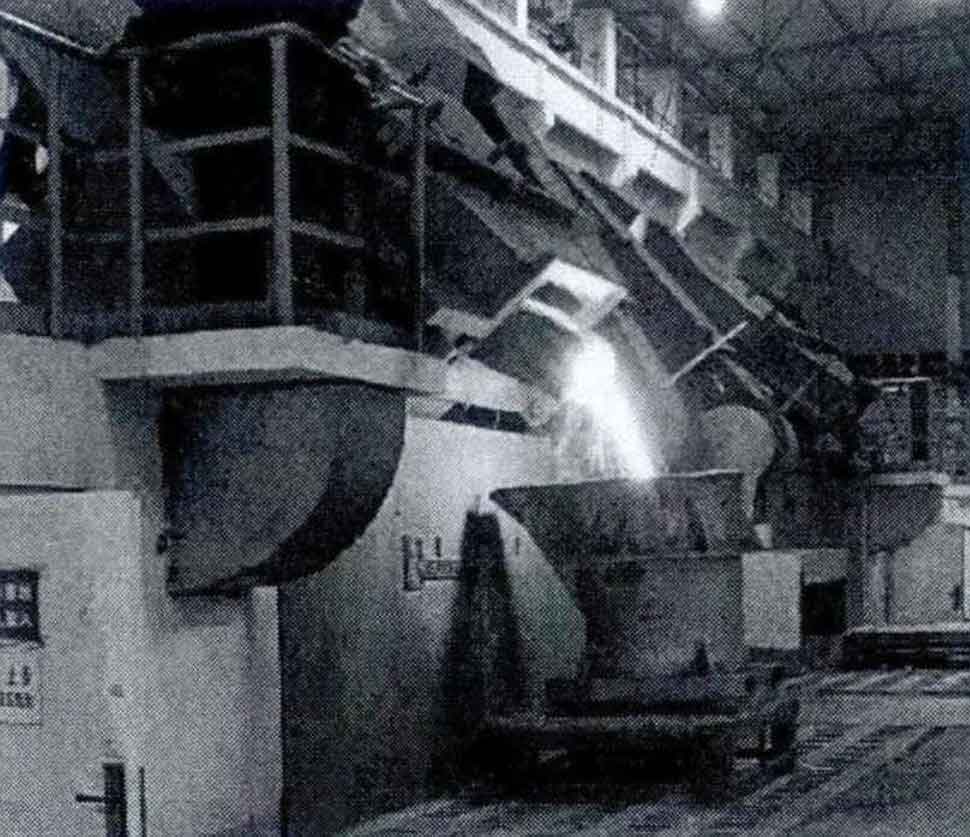Grey cast iron and ductile iron are two popular types of cast iron used in various industries. Although they share some common properties as cast iron materials, there are significant differences between them due to their unique microstructures. This article will provide a comparative study between grey cast iron and ductile iron, focusing on their properties and applications.

Grey Cast Iron
Grey cast iron, named for its gray-colored fracture due to the presence of graphite flakes, is known for its excellent castability, high wear resistance, superior vibration damping capacity, and good machinability. The presence of graphite flakes gives grey cast iron its unique gray color when fractured and contributes to its high damping capacity.
Typical applications of grey cast iron include engine blocks, cylinder heads, brake discs, and a variety of machine parts. Its good machinability and resistance to wear make it a popular choice for components that require precision and durability.
Ductile Iron
Ductile iron, also known as nodular cast iron or spheroidal graphite iron, is characterized by its graphite nodules or spheres, which give it enhanced ductility and impact resistance compared to grey cast iron. The formation of these nodules is achieved by adding magnesium to the molten iron, which causes the graphite to solidify into spherical shapes instead of flakes.
Ductile iron is stronger and more shock-resistant than grey cast iron, making it suitable for components subjected to high stress or shock loads. Typical applications include large machine parts, automotive components such as axles and crankshafts, pipe fittings, and even street furniture like manhole covers.
Grey Cast Iron vs. Ductile Iron: A Comparison
- Strength and Ductility: Ductile iron has higher tensile strength and significantly higher ductility than grey cast iron, making it more resistant to shock and impact.
- Vibration Damping: Grey cast iron has superior vibration damping capacity due to its flake graphite microstructure, making it preferable for applications where noise and vibration reduction is critical.
- Machinability: Both materials offer good machinability, but grey cast iron typically has a slight edge due to its graphite flakes providing self-lubrication.
- Cost: Grey cast iron is generally less expensive to produce than ductile iron due to simpler manufacturing processes.
- Application Suitability: While both materials find use across various industries, their unique properties make them more suitable for certain applications. For instance, grey cast iron’s superior damping capacity makes it a good fit for engine blocks and machinery bases, while ductile iron’s greater strength and ductility make it ideal for load-bearing components or parts exposed to shock loading.
In conclusion, both grey cast iron and ductile iron have their unique advantages and application areas. The choice between the two depends on the specific requirements of the application, such as the need for strength, ductility, vibration damping, or cost-effectiveness.
